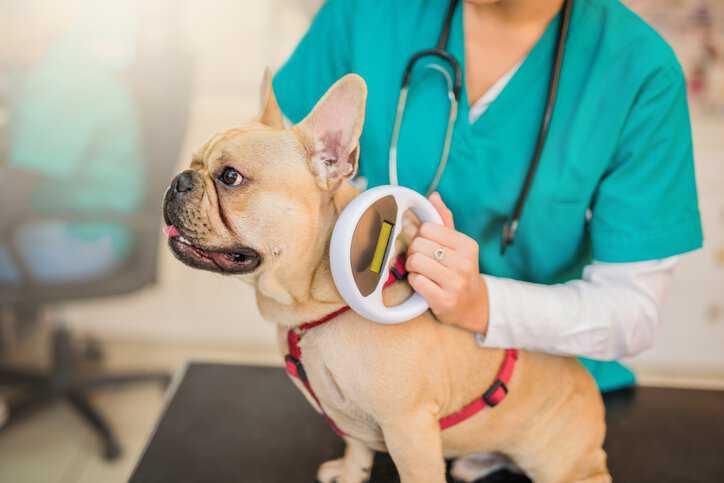ISO 15639-1:2015—Radio Frequency Identification Of Animals

The first pet microchip was patented in 1985 and implanted in 1989. Since then, companion animal owners around the world have used microchips as a permanent form of identification to protect their pets in case of theft or loss. Sadly, lost or stolen pets is quite common: around 10 million pets go missing in the United States each year. Luckily, pet microchips greatly help alleviate the heartache of a missing pet as microchipped pets are three times more likely to be reunited with their owners. ISO 15639-1:2015—Radio Frequency Identification Of Animals – Standardization Of Injection Sites For Different Animal Species – Part 1: Companion Animals (Cats And Dogs) covers requirements for the injectable transponders of animals.
Injectable Transponders
Injectable transponders, also known as microchips, are small devices that are injected into animals (pets, working animals, or livestock) to permanently identify them. A transponder is essentially a tiny glass cylinder that contains the microchip with the animal’s identification number (i.e., microchip number). About the size of a grain of rice, a transponder is injected under the animal’s skin with a syringe-like needle and can be read by a microchip scanner. It is primarily used for identification purposes and to gather information, such as animal disease events.
What Is ISO 15639-1?
ISO 15639-1:2015 serves as a comprehensive overview of all aspects related to the application and use of injectable transponders for different animal species. This standard is relevant for veterinarians, animal owners, and authorities responsible for checking the identification of animals (e.g., customs offices, veterinary clinics, shelters, and slaughterhouses).
What Are the Advantages of Animal Tracking System?
Animal tracking data is used to aid our understanding of how animals move within local areas, migrate across oceans and continents, and evolve across generations. This data helps address environmental challenges, such as climate and land use change, biodiversity loss, invasive species, wildlife trafficking, and the spread of infectious diseases.
These challenges are demonstrated in this shocking statistic from the Living Planet Report 2022: there is an average decline of 69% in species populations since 1970. Consequently, urgent action is required it reverse nature loss as the risk to our biodiversity has potentially catastrophic consequences. Luckily, smart wildlife tracking helps conservationist, researchers, anti-poaching teams, and others monitor this data.
How Pet Microchips Work
Microchipping a pet is a simple process: a pet microchip (a tiny transponder with an identification number) is implanted under the skin between the shoulder blades of a dog or cat. So, if that animal is lost it can be identified.
If your pet is found, it will be presented at a veterinarian or a shelter. The microchip emits a frequency when a scanner is passed over it, allowing veterinarians or the pet rescue groups to scan your pet for the presence of a transponder. There various pet microchip databases around the world, which allow owners, veterinary services, and rescue groups to access information about registered animals for identification and quick recovery in case of loss.
ISO 15639-1:2015—Radio Frequency Identification Of Animals – Standardization Of Injection Sites For Different Animal Species – Part 1: Companion Animals (Cats And Dogs) is available on the ANSI Webstore.






